By Bailey Knecht,
Bulletin Correspondent
Brett Nichols had hit rock bottom. After growing up in an abusive home and dealing with drug addiction, he found himself locked up in prison, and eventually sent to solitary confinement. That’s when he decided to make a change.
“When I got locked up, I said to myself, ‘You’ve got to be out of your mind that you were going to throw it all away,’” he said. “I got on my knees, I said, ‘God, I can’t do this. I don’t want to do this anymore’ … The only thing that I wanted was for God to take that beast out of me that kept self-destructing. I had that epiphany, that moment where my whole life flashed in front of me.”
With passion and emotion in his voice at the New England Society of News Editors Journalism Awards Celebration Thursday, April 20, at the New England Newspaper and Press Association headquarters in Dedham, Mass., Nichols told the story of his path to redemption, preaching the importance of persistence in the face of adversity.
“It’s never too late,” he said. “Don’t ever give up, because someone’s always got it worse than you, and someone’s always got it worse than me. Take care of what you’ve got to take care of. There are going to be good days, and bad days, but if you can balance everything out, that wheel rolls.”
Nichols, now a motivational speaker and co-author of the recently released book “Stretched Thin,” told the audience of about 70 people that he was raised by an abusive father and eventually turned to selling drugs on the streets as a teenager.
“To the crowd of people I was hanging with, drugs were cool,” he said. “If you had it, you were the man. Well, I made it a point to make sure I always had it. I, unfortunately, built my life around drugs. Every move I made, every thought I had, had something to do with it because it was money to me. It was validation to me, but, unfortunately, it was validation to people that didn’t really mean anything to me, and I meant nothing to them.”
Those toxic relationships were what caused his life to go downhill, Nichols said. He would go on to spend 17 years in prison for an attempted bank robbery.
“There’s so many things that life throws our way,” he said. “If you’re not equipped to deal — I’ll speak for myself. I failed. You start failing.”
After a few years in prison, Nichols began to see his relationships crumble. His relationship with his girlfriend ended, which caused Nichols the most pain.
“I will tell you that I loved that girl more than myself, especially at that time because I was in a dark place,” he said. “To lose that person is one thing, but to lose them in (prison) — nothing you can do.”
Nichols did his best to change his ways. He began taking classes and worked hard to get good grades. But temptation proved to be too strong, and during a Super Bowl party held by the inmates in 2011, Nichols took drugs and was sentenced to solitary confinement as a result.
“To be honest with you, I didn’t learn my lesson because I never knew anything other than chaos in my life,” he said. “All the good things that came in my life — they were just a shadow.”
That epiphany he experienced while in solitary confinement was enough motivation for him — he was released shortly after it.
Nichols said that once he was released, he rekindled the relationship with his former girlfriend, and he was able to make amends with his father.
He used those examples as a lesson for the audience. He encouraged the audience members to cherish close relationships and not to take for granted the people they care about.
“When you find that someone, everything is worth it,” he said. “Everything is worth it. Every struggle is worth it.”
Nichols ended his speech acknowledging the positive outlook he now has on life.
“Not all stories have a happy ending, or a good beginning — I know mine wasn’t,” he said. “But I know the ending — it’ll be better than the way it started. That happy ending is in the making.”
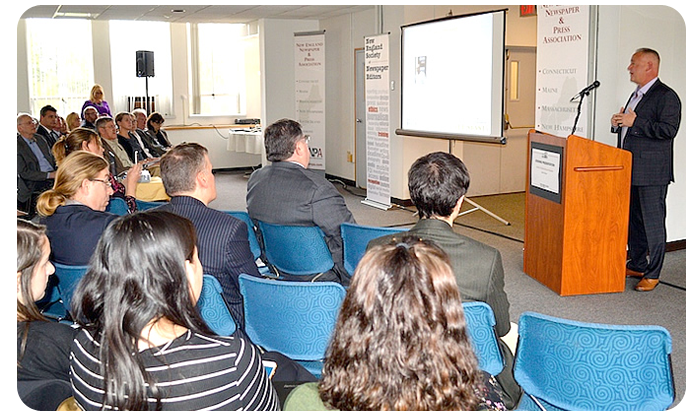
‘Don’t ever give up, because someone’s always got it worse than you, and someone’s always got it worse than me. Take care of what you’ve got to take care of. There are going to be good days, and bad days, but if you can balance everything out, that wheel rolls.’
—Brett Nichols
Motivational speaker, author
‘Not all stories have a happy ending, or a good beginning — I know mine wasn’t. But I know the ending — it’ll be better than the way it started. That happy ending is in the making.’
—Brett Nichols
Bulletin photos by Julia Aparicio

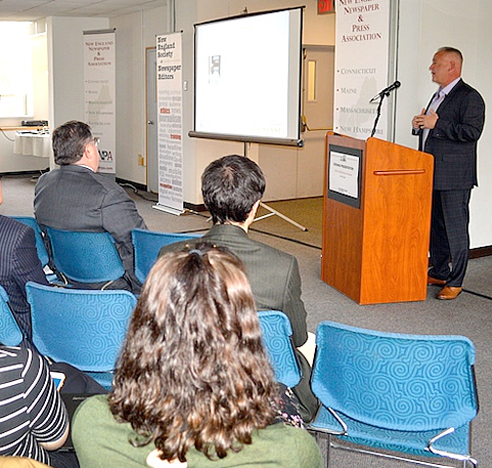


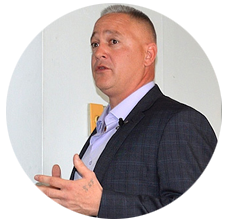
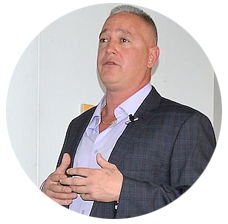


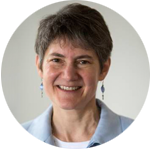



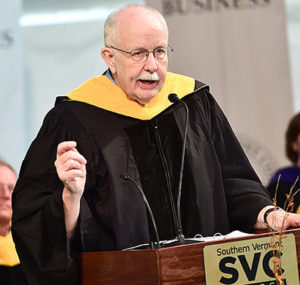
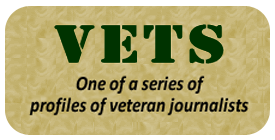
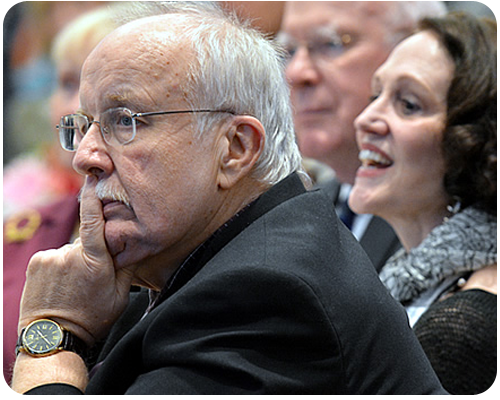
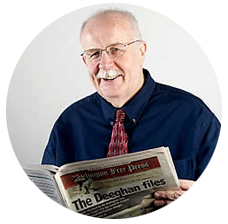
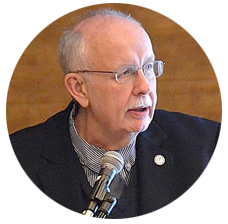
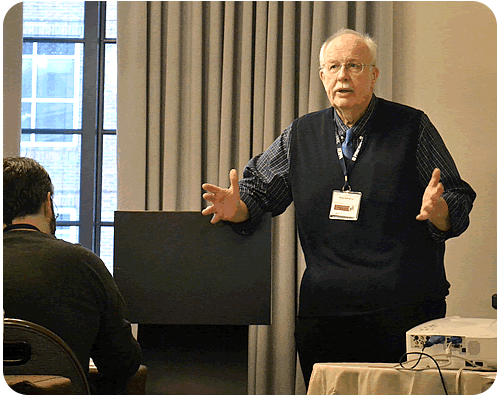

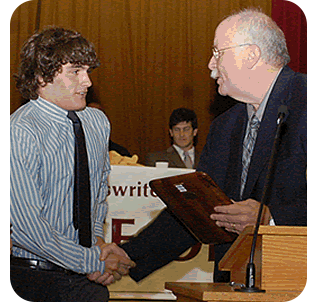
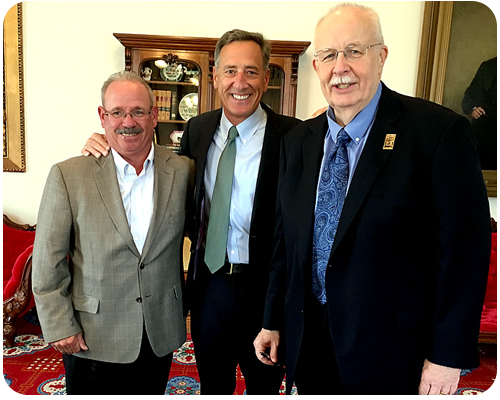
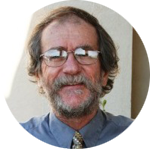




Who brings us the news? Men, mostly
Gene Policinski, inside the First Amendment
Gene Policinski is chief operating officer of the Newseum Institute and senior vice president of the Institute’s First Amendment Center. He can be reached at gpolicinski@newseum.org.
Follow him on Twitter:
@genefac
Who brings us the news? Mostly it’s still men, according to a new Women’s Media Center study, “Divided 2017.”
The report says that’s so among the major TV networks, online versions of CNN, Fox, The Huffington Post and The Daily Beast, and the nation’s 10 largest newspapers:
• Male anchors and reporters predominate by about 3 to 1 among broadcast news outlets, which the center notes is a “regression” from how things used to be. Work by women anchors, field reporters and correspondents actually declined, falling to 25.2 percent of reports in 2016 from 32 percent when the Women’s Media Center published its 2015 “Divided” report.
• For newspapers and wire services such as The Associated Press and Reuters, “bylines” run about 62 percent male. Online, men receive 53.9 percent of bylines.
• The Women’s Media Center reports that “men produce the most stories on sports, weather, and crime and justice. Women’s bylines are largely on lifestyle, health and education news.”
The gender disparity shown in the Women’s Media Center survey is obvious in terms of numbers and simple equity, considering that women make up 51 percent of the population. But its implications, including the impact on news credibility, might not be so clear to news consumers.
Cristal Williams Chancellor, the Women’s Media Center’s director of communications, noted in an interview that many of our fellow citizens are “comfortable” with men in anchor chairs or dominating story bylines. But in an era in which a majority of people say they distrust the news media and its motives, the most credible news operations should have diverse staffs that represent both their subjects and their audiences, she said.
Clearly, the news industry still falls short of having enough women to meet that goal.
Why?
It’s not for a lack of qualified female job candidates-in-training: Women made up two-thirds of students enrolled in journalism and media-oriented degree programs during the fall 2013 semester, according to the most recent Annual Survey of Journalism and Mass Communication Enrollment.
One factor in the lack of overall visibility might come from the finding that “lifestyle, health and education” remain the topics where women most likely appear. I can recall that same circumstance in newsrooms of the 1960s.
Another bit of history: The American Society of News Editors’ annual newsroom census found in 2016 that the number of women leaders and employees has remained nearly the same since the 1990s. The survey that year reported that “women made up about a third of newsroom employees overall, with a higher number employed at online-only sites than at newspapers. Women comprised 38 percent of daily newspaper employees in this year’s survey and nearly 50 percent of online-only news organization employees.”
At a 2014 ASNE conference, women who were editors also called for changes in hiring and the review/promotion process to address old canards of how women in leadership roles are perceived. Kathleen Davis, Fast Company’s senior editor, referenced a study of 248 performance reviews of 180 men and women in media, prepared by both men and women, which showed the word “abrasive” was used 17 times for women and never for men.
None of these stats or biases is the sole province of newsrooms, to be sure. And going back to the mid-20th century, women in leadership roles in major news operations — from the news desk to the corporate suite — more often resulted from inherited ownership than from corporate diversity considerations.
But the profession that represents us all in gathering and reporting the news ought to be more of a leader in the 21st century in being representative of all of us.